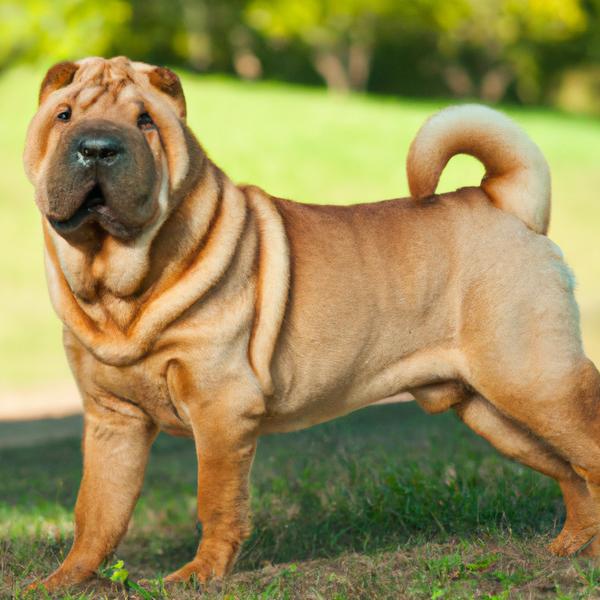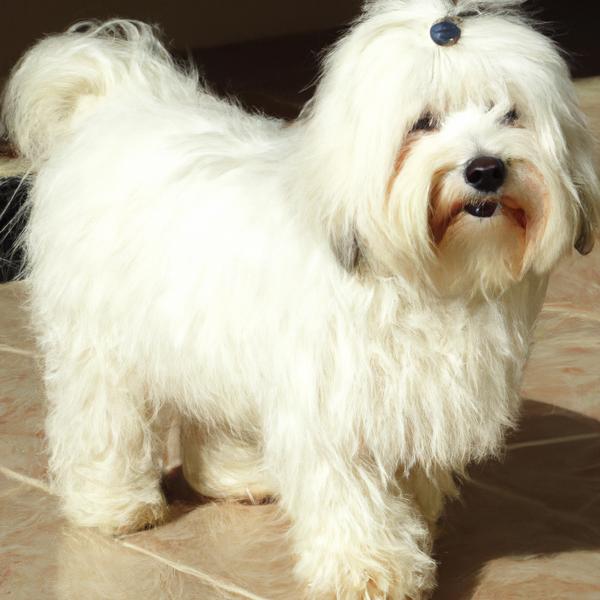Chinese Shar-Pei vs. Coton de Tulear: Breed Differences and Similarities
Hypoallergenic
Are Chinese Shar-Peis or Coton de Tulears hypoallergenic, or neither?
Unfortunately, the Chinese Shar-Pei is not hypoallergenic, making it not a good choice for a dog lover who suffers from pet allergies.
While no dogs are truly 100% hypoallergenic, Coton de Tulears are about as close as it gets, making them an ideal pet if you are an allergy sufferer.
Watchdog Ability
Which dog breed makes a better watchdog, the Chinese Shar-Pei or Coton de Tulear?
Chinese Shar-Peis aren't great guard dogs; they tend to just watch without taking action.
Coton de Tulears are decent watchdogs - they'll alert their owner if something seems amiss.
Origin
What is the origin of Chinese Shar-Pei and Coton de Tulear dog breeds?
China
Madagascar
Ancestry
What are the origins of Chinese Shar-Pei and Coton de Tulear breeds?
Chow Chow
Bichon Frise, Maltese, Havanese
Date of Birth
When were Chinese Shar-Pei and Coton de Tulear breeds first developed?
206 BC
1600s
Breed Group
What is the Breed Group of Chinese Shar-Pei and Coton de Tulear?
Non Sporting (AKC:1992)
Northern Breeds (UKC)
Non Sporting (AKC:2014)
Companion (UKC)
Eye Color Possibilites
What are the eye colors of Chinese Shar-Pei and Coton de Tulear dogs?
Brown
Brown
Nose Color Possibilites
What are the natural nose colors of Chinese Shar-Pei and Coton de Tulear?
Black
Black
Coat Color Possibilites
What are the natural colors of the coat for Chinese Shar-Pei and Coton de Tulear breeds?
Black
Fawn
Cream
Red
White
Gray
Red
Coat Length
What is the typical coat length for Chinese Shar-Pei and Coton de Tulear breeds?
Chinese Shar-Peis have medium-length coats.
Coton de Tulears have longer coats compared to most dogs.
Coat Density
What is the density of the coat of Chinese Shar-Pei and Coton de Tulear?
Coat Texture
What is the hair texture of Chinese Shar-Pei and Coton de Tulear?
Straight
Litter Size
What is the usual litter size for Chinese Shar-Pei and Coton de Tulear?
A Chinese Shar-Pei can have a litter of 8-12 puppies on average. However, it's worth noting that the size of the litters can vary greatly. Factors that can influence litter size include the health of the mother, breeding history, and genetics.
A Coton de Tulear can have a litter of 14-16 puppies on average. However, it's worth noting that the size of the litters can vary greatly. Factors that can influence litter size include the health of the mother, breeding history, and genetics.
Major Concerns
What are the major health concerns for Chinese Shar-Pei and Coton de Tulear breeds?
Entropion
Hip Dysplasia
Kidney Problems
Chinese Shar-Pei Fever
Mast Cell Tumors
Progressive Retinal Atrophy
Hip Dysplasia
Minor Concerns
What minor health issues should be kept in mind when owning Chinese Shar-Pei and Coton de Tulear?
Patellar Luxation
Elbow Dysplasia
Demodectic Mange
Skin Problems
Heat Sensitivity
Patellar Luxation
Allergies
Occasional Tests
What occasional tests are recommended for Chinese Shar-Pei and Coton de Tulear breeds?
Eye
Hip
Elbow
Blood
Knee
X-Rays
Physical Examination
X-Rays
Eye Examination
Physical Examination
Allergy Tests
Energy
How do the energy levels of Chinese Shar-Peis and Coton de Tulears compare?
Chinese Shar-Peis' high energy levels make them unsuitable for a low-key dog, choose accordingly.
Coton de Tulears are suitable for those with a balanced lifestyle as they have an average energy level.
Exercise Needed
Chinese Shar-Pei vs Coton de Tulear exercise need comparison.
The Chinese Shar-Pei and Coton de Tulear breeds require a moderate amount of physical activity to maintain a healthy lifestyle. They are ideal for people who have a moderate amount of time to devote to their pets and enjoy regular physical activity themselves. They also make great family pets as they have the energy to keep up with children and the temperament to be great companions.
Tendency to Bark
Do Chinese Shar-Peis or Coton de Tulears bark more/less frequently?
Chinese Shar-Pei dogs are generally less vocal than other breeds and only bark when necessary, such as to alert their owner or communicate.
Coton de Tulears bark moderately when necessary and may also bark due to certain triggers like fear, alarm, boredom, greeting, separation anxiety and compulsive barking.
Past times
What are some enjoyable activities and ways to keep Chinese Shar-Pei and Coton de Tulear entertained?
Napping, Exploring, Jogging, Walking, Cuddles, Sniffing, Fetch, Sleeping, Running, Going on walks, Chewing bones, Cuddling, Eating Snacks, Walk, Tug-of-war, Play, Walks
Snuggling, Sniffing, Marking, Exploring, Fetch, Running, Walk, Catch treats, Play, Watching tv, Sleeping
Activity Level
Which breed has higher energy, Chinese Shar-Peis or Coton de Tulears?
Both Chinese Shar-Pei and Coton de Tulear are medium-energy dogs that enjoy socializing and playing with other dogs. They may engage in casual or sustained games of chase, and occasionally have bursts of barking or racing around the house.
Walks per Week
How many miles should Chinese Shar-Pei or Coton de Tulear walk each week?
There's really no limit to how far you walk your dog as long as they're comfortable. For Chinese Shar-Pei, it's at least 8 miles / week. Just remember to build distance and stamina gradually over time.
There's really no limit to how far you walk your dog as long as they're comfortable. For Coton de Tulear, it's at least 6 miles / week. Just remember to build distance and stamina gradually over time.
Activity per Day
Do Chinese Shar-Peis or Coton de Tulears require more exercise?
In general most Chinese Shar-Peis usually need at least 60 minutes of exercise daily. This can be spread across the day and include all sorts of high-energy activities, like walking, running and playing.
In general most Coton de Tulears usually need at least 30 minutes of exercise daily. This can be spread across the day and include all sorts of high-energy activities, like walking, running and playing.
Grooming
Which breed is easier to maintain in terms of grooming, Chinese Shar-Peis or Coton de Tulears?
The Chinese Shar-Pei has low grooming needs and is easy to maintain.
Coton de Tulears have high grooming needs, requiring regular trims and professional grooming assistance to keep their coat healthy.
Brushing Frequency
What is the recommended brushing frequency for Chinese Shar-Pei and Coton de Tulear dogs?
Ideally, Chinese Shar-Pei should be brushed at least 2 or 3 times a week (preferably daily) improve shedding.
Coton de Tulear should be brushed at least once a week. Of course you can give them more frequent brushes if you find that they are still shedding a lot
Brushing Tools
What brushing tools are used for Chinese Shar-Peis and Coton de Tulears?
Slicker Brush
Nail Clipper
Pin Brush
Comb
Nail Clipper
Cups
How much food should be given to Chinese Shar-Pei or Coton de Tulear in cups?
For an average 45-60 pound (20 - 27 kg) Chinese Shar-Pei feed 3 cups daily. But, keep in mind, the amount you feed is going to be dependent on the quality of the food you are feeding.
For an average 9-13 pound (4 - 6 kg) Coton de Tulear feed 0.7 cups daily. But, keep in mind, the amount you feed is going to be dependent on the quality of the food you are feeding.
Daily Cost
Which breed has a higher daily cost, Chinese Shar-Pei or Coton de Tulear?
The average cost of a Chinese Shar-Pei is somewhere $1.70 - $2.00 per day.
The average cost of a Coton de Tulear is somewhere $1.10 - $1.40 per day.
Monthly Cost
Which breed has a higher monthly cost, Chinese Shar-Pei or Coton de Tulear?
The average per month expenses of a Chinese Shar-Pei is between $48 - $63. This makes an average of $576 - $756 per year. It will be on the higher side when the dog is still small because it will need more frequent visits to the vet, shots.
The average per month expenses of a Coton de Tulear is between $35 - $42. This makes an average of $420 - $504 per year. It will be on the higher side when the dog is still small because it will need more frequent visits to the vet, shots.
Intelligence
Comparing Intelligence: Chinese Shar-Peis vs Coton de Tulears
Chinese Shar-Peis are average in obedience intelligence but have a high IQ and may cause trouble if left unsupervised.
Coton de Tulear has below average obedience intelligence, but they excel in understanding human emotions.
Affection Dependance
Which is the more affectionate dog breed: Chinese Shar-Pei vs Coton de Tulear?
Dog Friendly
Which breed is more sociable with other dogs: Chinese Shar-Pei or Coton de Tulear?
Chinese Shar-Peis are less friendly towards other dogs, but can improve with socialization.
Coton de Tulears are friendly and active companions, and can be good family pets, though their friendliness towards other dogs may vary.
Playfulness
Which breed is more playful between Chinese Shar-Pei and Coton de Tulear?
Chinese Shar-Pei and Coton de Tulear are playful dogs. So, no matter how busy the day may get, the best thing you can do for Chinese Shar-Pei and Coton de Tulear is to make time each day to play. It can be as little as 15-20 minutes, and it will mean the world to them.
Trainability
How do the trainability levels of Chinese Shar-Peis and Coton de Tulears compare?
Chinese Shar-Pei and Coton de Tulear dogs are usually easy to train, but may require consistency to fully obey commands.
Compare Chinese Shar-Pei with other breeds
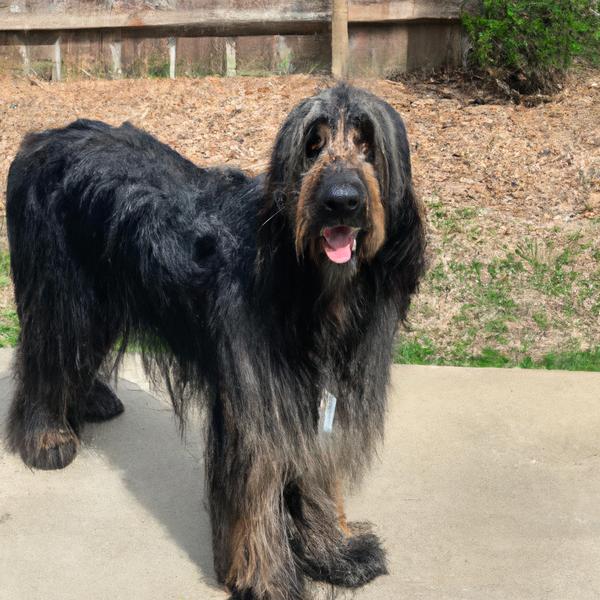
Black and Tan Coonoodle
Chinese Shar-Pei vs Black and Tan Coonoodle
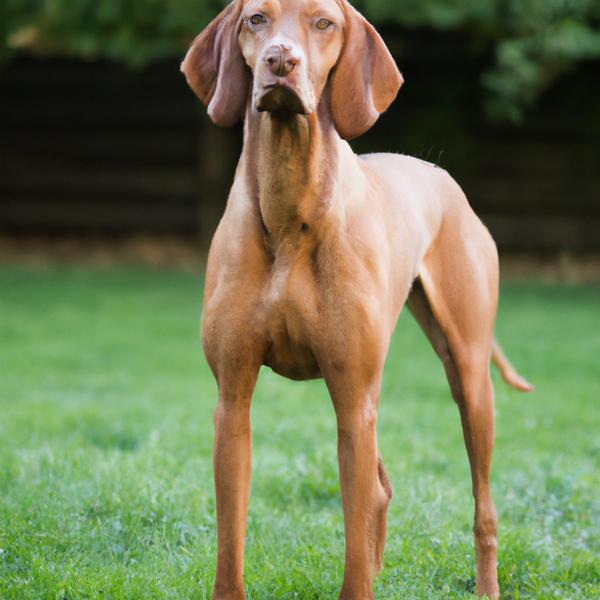
Vizsla
Chinese Shar-Pei vs Vizsla
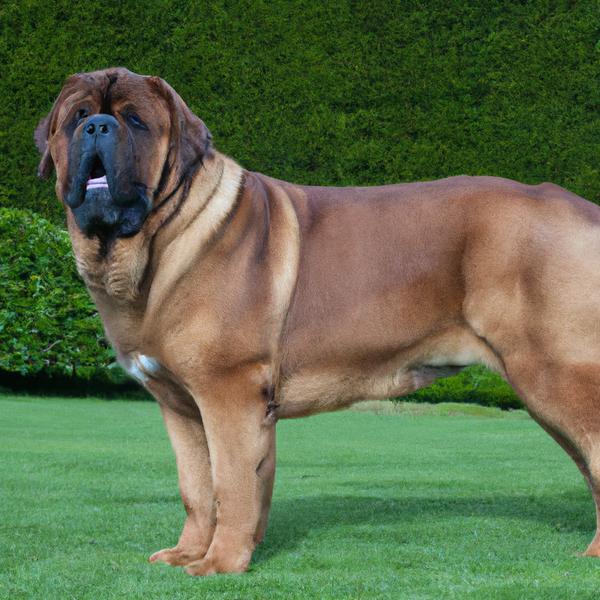
Irish Mastiff
Chinese Shar-Pei vs Irish Mastiff
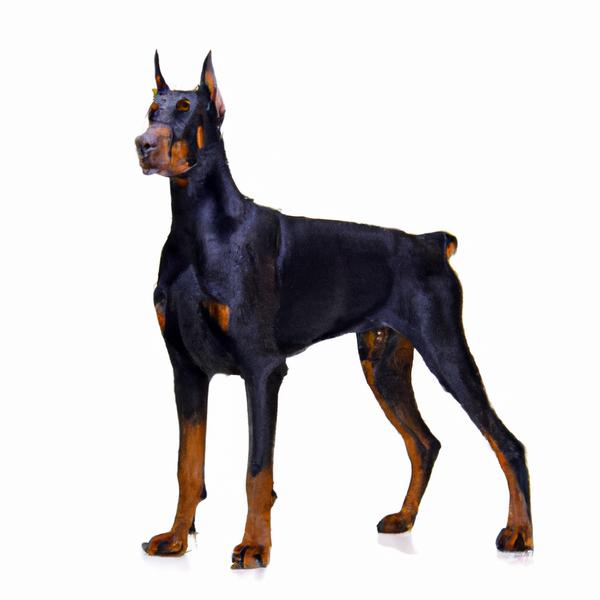
Doberdane
Chinese Shar-Pei vs Doberdane
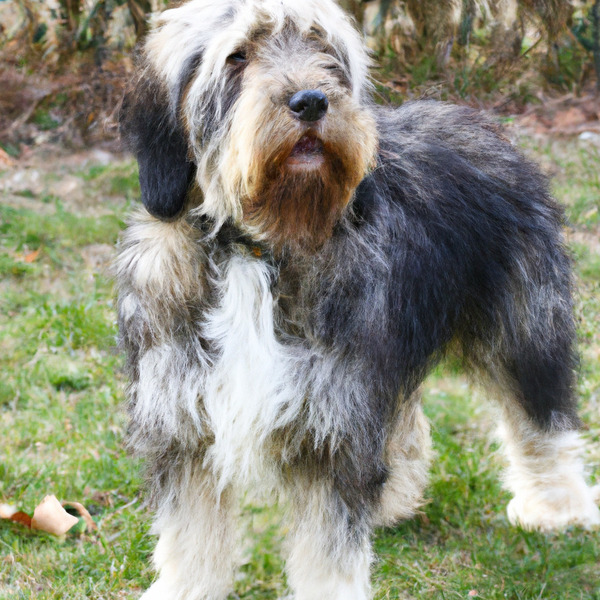
Petit Basset Griffon Vendeen
Chinese Shar-Pei vs Petit Basset Griffon Vendeen

Boxspring
Chinese Shar-Pei vs Boxspring
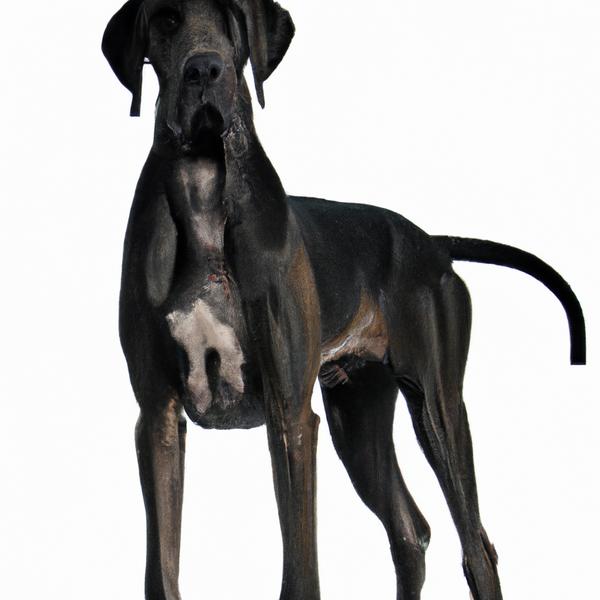
Cortese
Chinese Shar-Pei vs Cortese
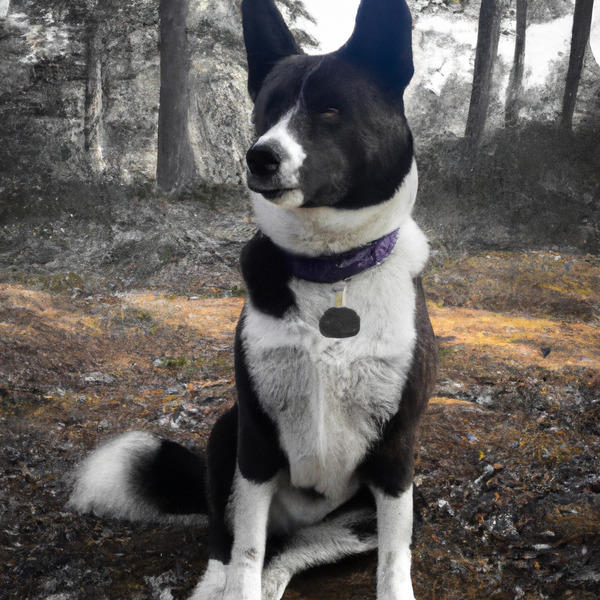
Karelian Bear Dog
Chinese Shar-Pei vs Karelian Bear Dog

Cocker Griffon
Chinese Shar-Pei vs Cocker Griffon
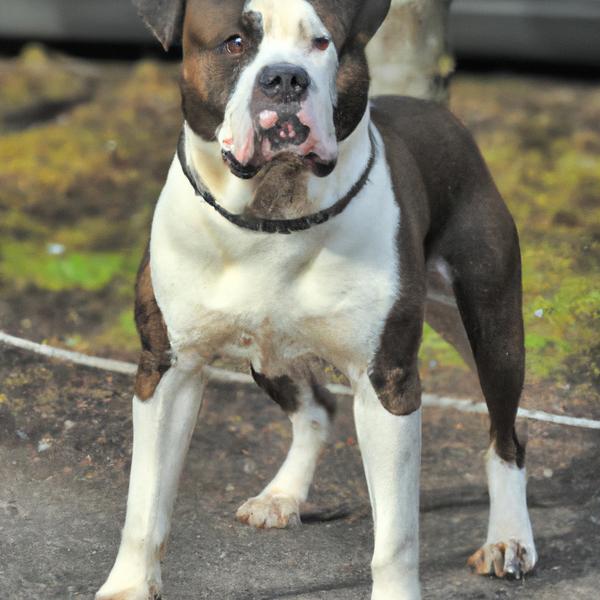
American Bullador
Chinese Shar-Pei vs American Bullador

Scorkie
Chinese Shar-Pei vs Scorkie
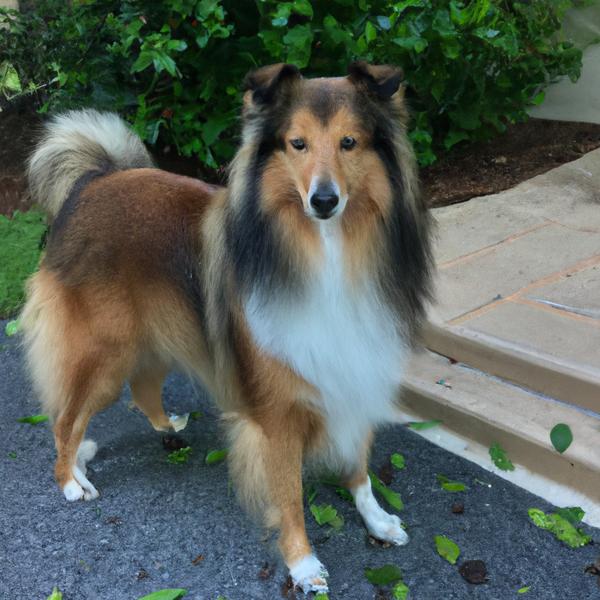
Sheltie Inu
Chinese Shar-Pei vs Sheltie Inu
